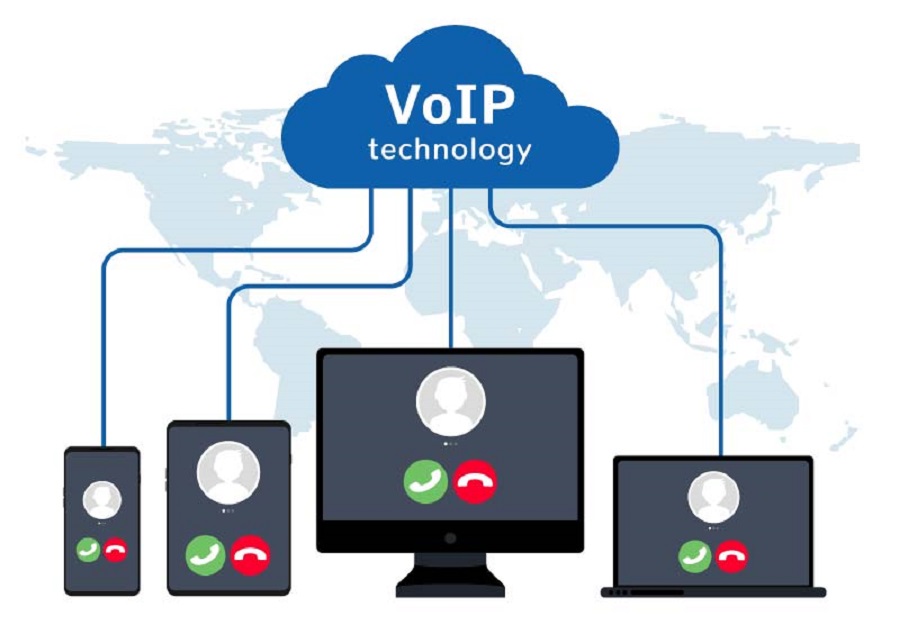Communications Solutions for Businesses
By Editorial Staff
A company without communication can’t function.
How your in-office, external, and remote employees communicate dictates how efficiently your business runs. A combination of technical and web-enable solutions will make your workforce efficient.
10. Push-to-Talk Technology
Push-to-talk technology offers companies the ability to connect a workforce with radios that use existing cellular, WiFi and broadband networks to transmit voice over the internet. Radios can only be used for communication between team members using other company-distributed radios, and with dispatch computers in the office. This creates a secure, and economical, communications network.
9. Google Hangouts

Google Hangouts makes it possible for coworkers, clients, and vendors to chat and text through online voice calling and video conferencing. Google Hangouts also delivers webcasting abilities. Users can connect on any device, including a smartphone, tablet, or laptop.
8. Video Conferencing Software
There are a multitude of options for one-on-one or team video conferences, many of which include computer screen sharing options and online document review. Look at GoToMeeting, EZ Talks Cloud, and FUZE for video conferencing software and meeting solutions.
7. Scanners, Printers, and Phones
Don’t disregard the equipment available to increase efficiencies in your offices. Scanners and printers can be connected to the Cloud for simple document sharing. Phones bring desktop conference-calling, speaker capabilities, and headset flexibility to your entire staff.
6. Cell phones
If you don’t provide your workers with business cell phones, you can offer to compensate them for a portion of their monthly bill. A smartphone dramatically increases productivity. They can provide access to a secure hotspot for workers away from the office, and a number of apps that are both convenient and useful, including mileage trackers, note taking, quick access to social media accounts, and file management.
5. VOIP

VOIP stands for Voice Over Internet Protocol, which is phone service offered over the internet (via connection to WIFI) rather than a standard cable connection or “land line.” VOIP phones can be programmed in the office and provided to remote employees so that everyone is on the same “switchboard,” which can be seen via a computer app. VOIP service providers often offer lower rates than traditional phone companies.
4. Social Media
Explore social media options for connection your team. Facebook lets you set up private groups, where approved members can share images, updates, accomplishments, and friendly greetings. Private boards on Pinterest are great places to collaborate between in-house design teams and outside talent.
3. Project Management Platforms
Trello, Slack, Google Drive, and many other free or low-cost project management websites and apps can connect workers and facilitate effective communication and work flow. Choose one and make sure that your entire staff is proficient in both posting, updating and managing projects on the platform.
2. Visual Aids
Don’t forget the power of a visual aid. Create an interactive white board with check boxes for project goals, bulletin board displays, and kiosks in the employee break room or reception area. Use a tablet or smartscreen to display the latest business stats, new blog posts, or digital newsletter.
1. In Person
Popular Savings Offers
Don’t forget the value of real people time. Schedule meetings and require in-person attendance, make time for one-on-one updates, and ensure that a conference room or group workspace is maintained and welcoming. Even a break room or lunch room can advance effective office communication.











